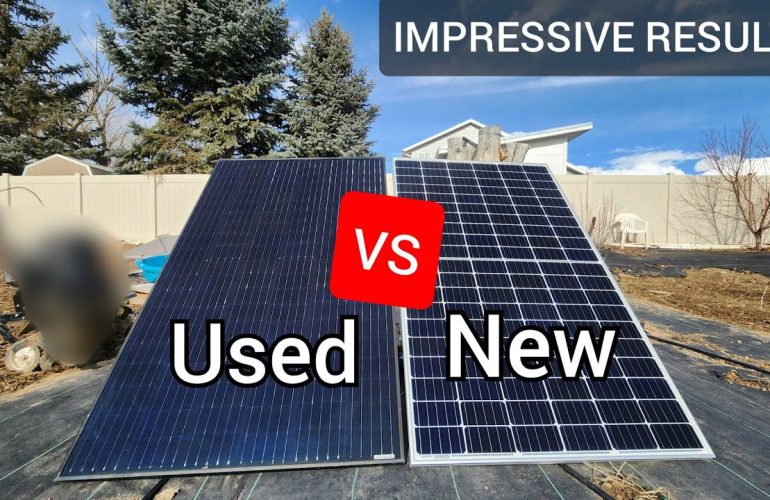The selection of solar panels requires a comprehensive evaluation of factors such as usage scenarios, material types, power generation efficiency, durability, and budget, with priority given to matching core needs and long-term benefits.

Select type based on application scenario
1 Household and business scenarios.
Monocrystalline silicon components: high conversion efficiency (18% -24%), suitable for scenarios with limited lighting or small roof areas, with a service life of up to 25 years.
Polycrystalline silicon components: high cost-effectiveness, efficiency of about 16% -18%, suitable for large-scale installation in areas with sufficient sunlight.
2 Portable and special scenarios.
Thin film components: flexible and bendable, suitable for installation on curved surfaces such as roofs and tents, but with low efficiency (10% -15%).
Double sided power generation components: Paired with reflective flooring, can increase power generation by 10% -30%, suitable for large power stations.
Core parameters and performance evaluation
1 Conversion efficiency: Monocrystalline silicon has the highest efficiency (20% -24%), which directly affects the power generation per unit area.
2 Temperature coefficient: Select components with ≤ -0.34%/℃ to reduce efficiency degradation at high temperatures.
3 Durability: It needs to meet the requirements of wind pressure resistance (≥ 2400Pa) and snow load resistance (≥ 5400Pa). Aluminum alloy frame and anti-corrosion backing plate can improve stability.
4 Weak light performance: Single crystal silicon has a lower efficiency in weak light power generation, while polycrystalline silicon performs better in rainy weather.
Balance between budget and long-term benefits
1 Initial cost: The unit price of monocrystalline silicon is about 2-3 yuan/watt, and that of polycrystalline silicon is about 1.5-2 yuan/watt.
2 Cost per kilowatt hour (LCOE): Although high-efficiency components are expensive, the total power generation over 25 years is higher, resulting in better long-term returns.
3 Warranty and Service: Priority should be given to manufacturers that offer a 10-year product warranty and a 25 year performance warranty.

